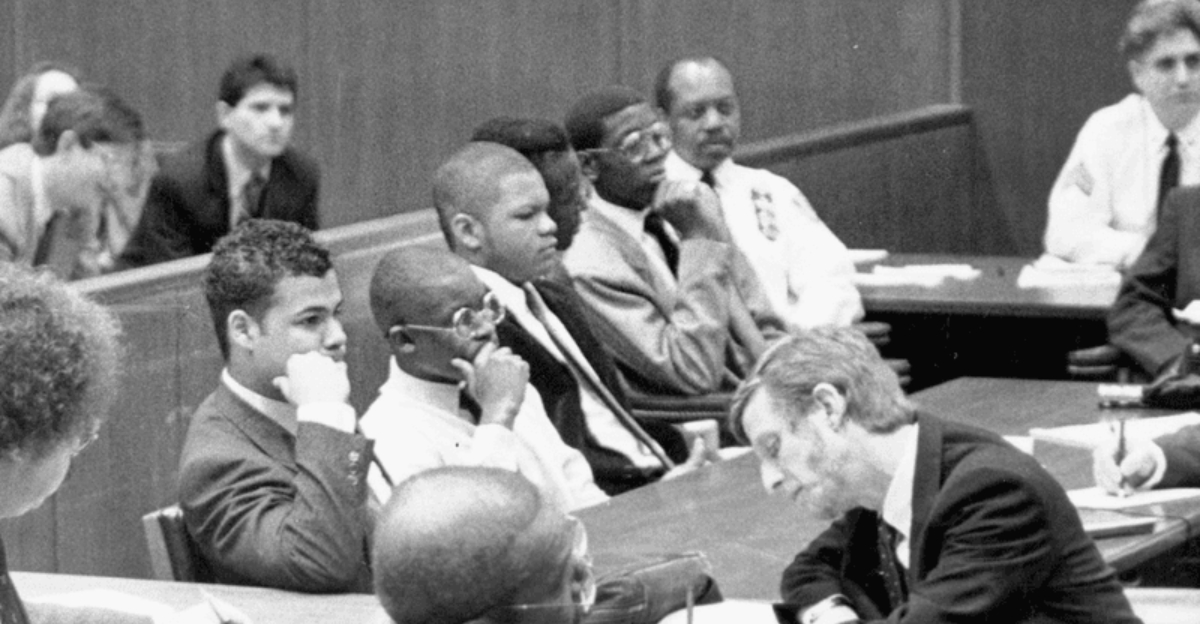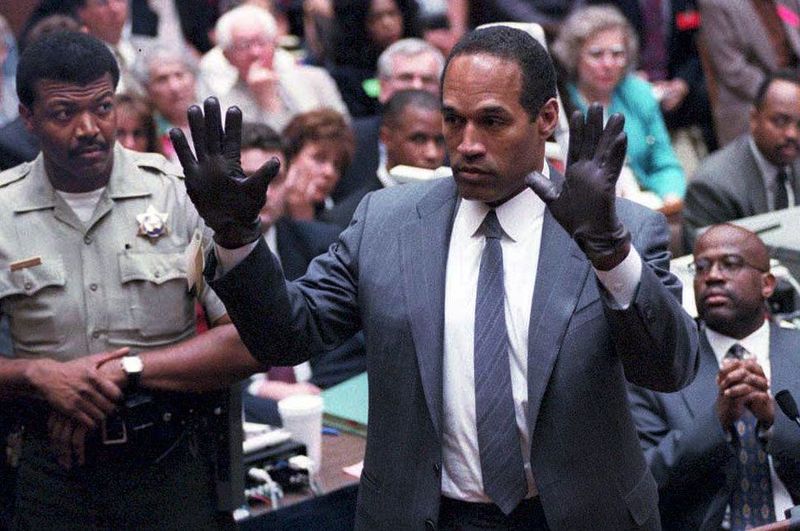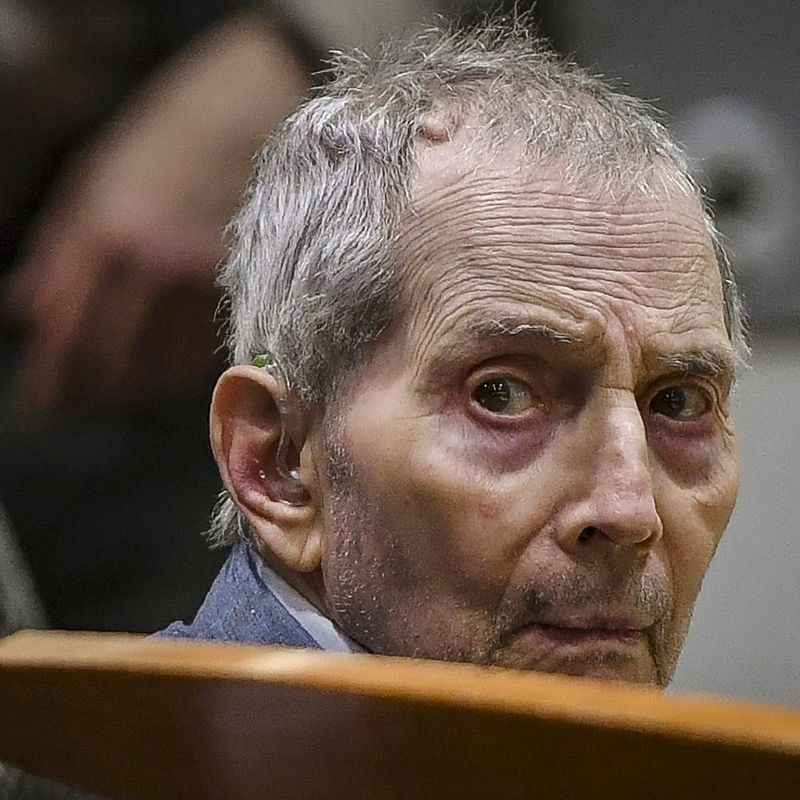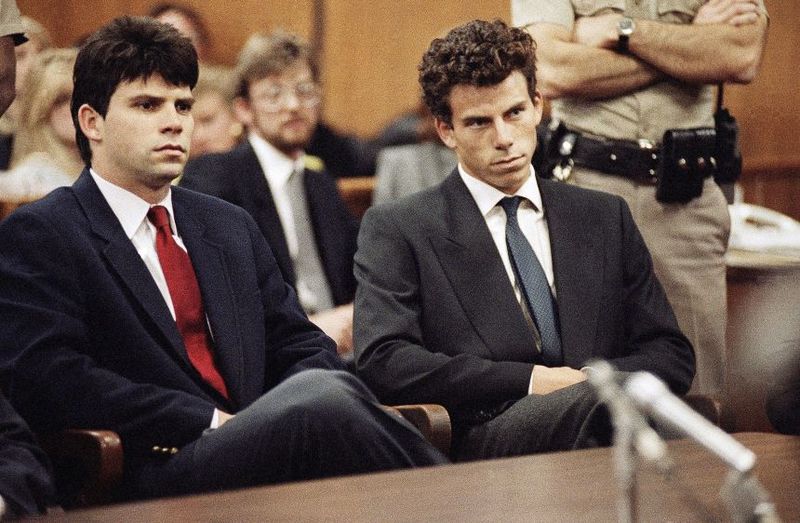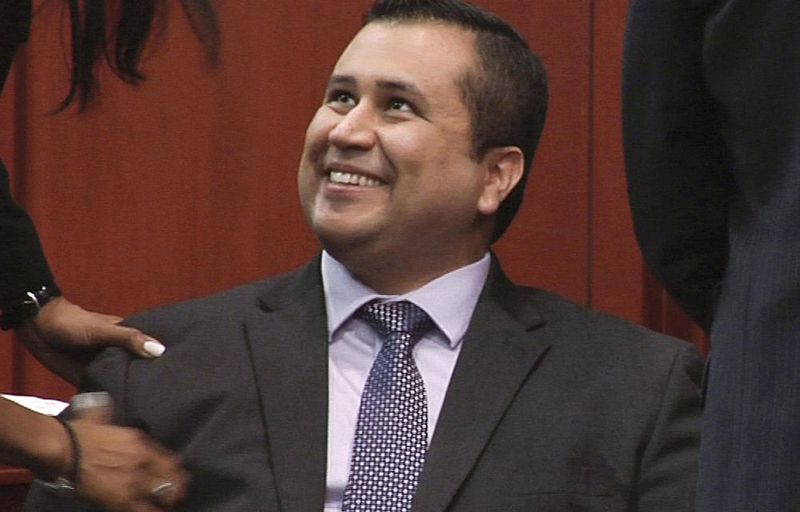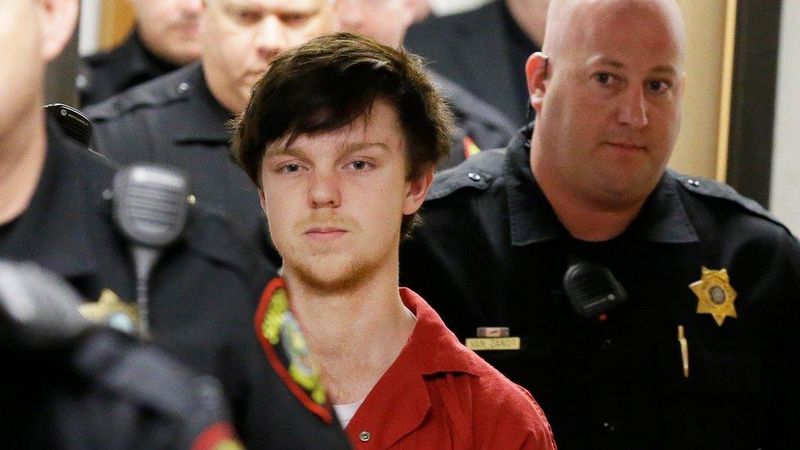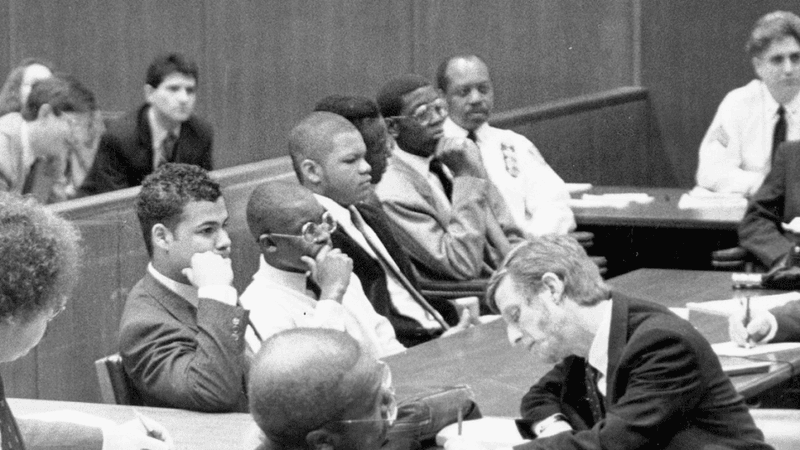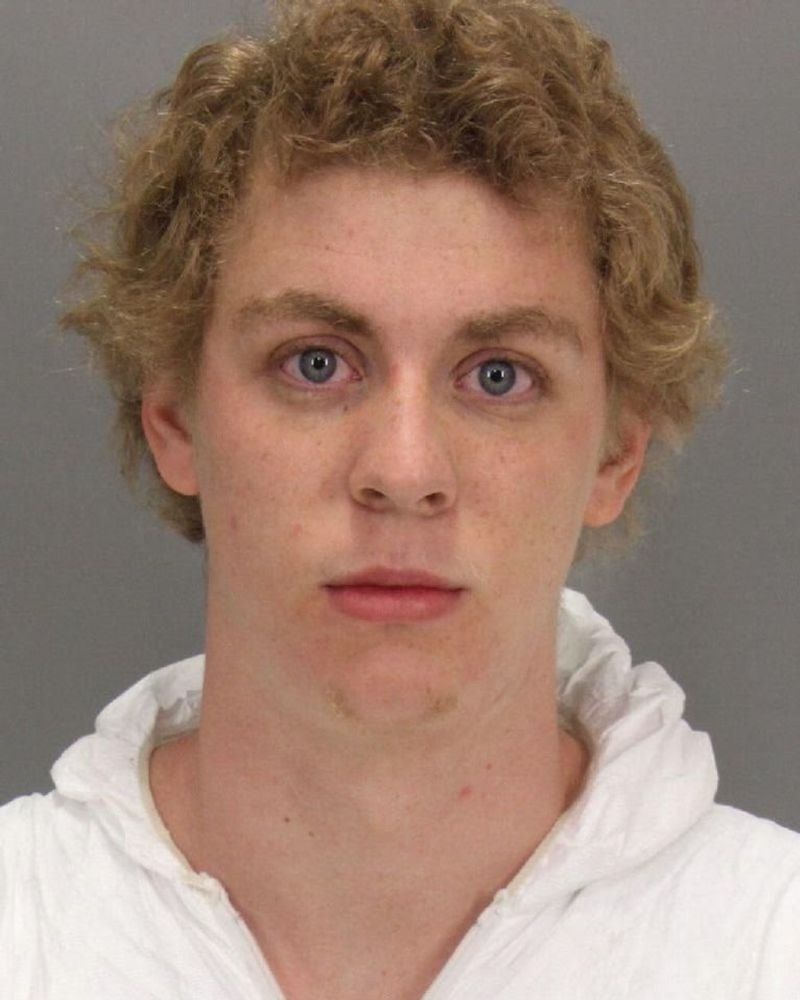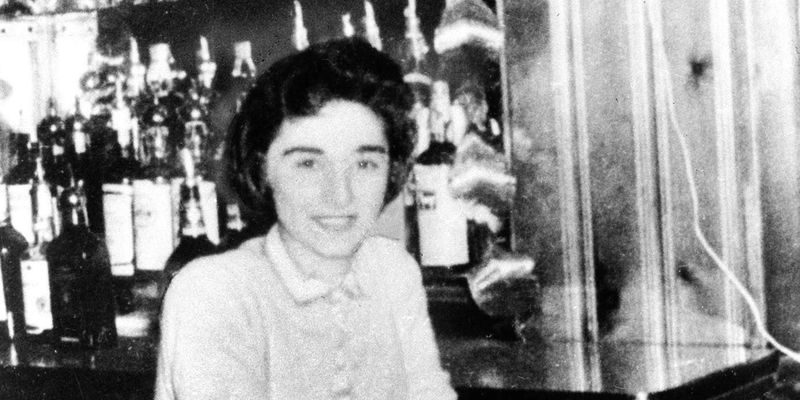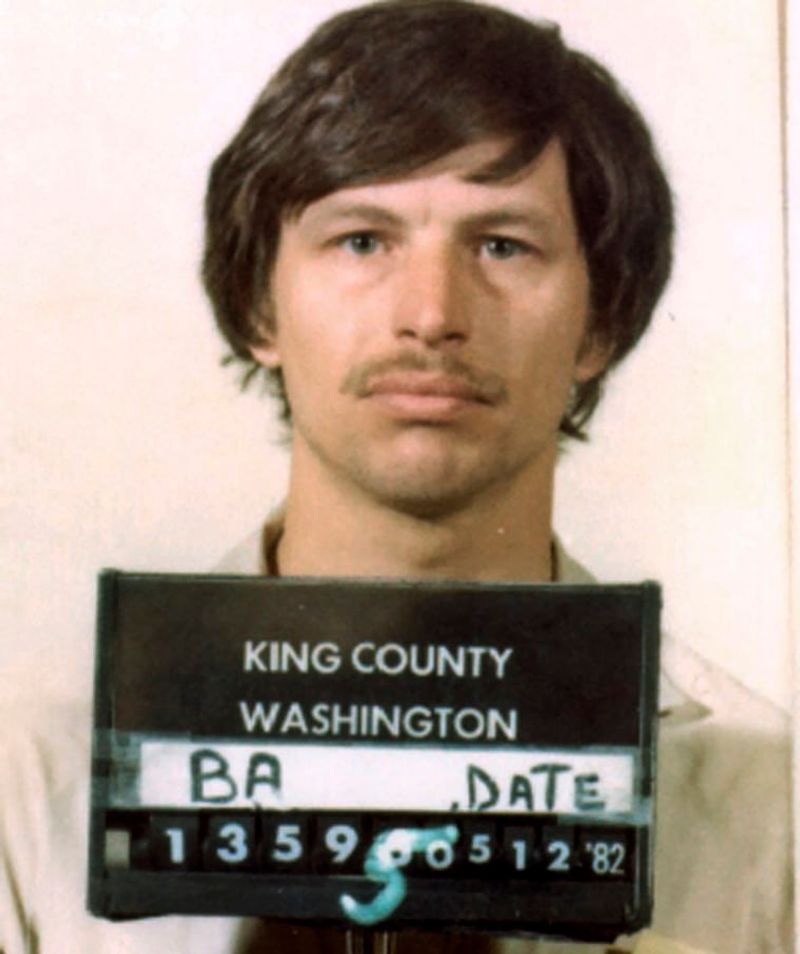Explore ten notorious cases where the justice system failed, allowing criminals to walk free despite strong evidence against them. Each case highlights the complexities and flaws within the legal framework, often shaped by societal, racial, or political influences. From the infamous O.J. Simpson trial to the unsettling affluenza defense, these stories reveal the multifaceted nature of justice and its occasional inability to serve its true purpose.
1. O.J. Simpson (1995) – The Trial of the Century
In 1995, O.J. Simpson was thrust into the spotlight with a trial that captivated the nation. Despite overwhelming evidence suggesting his guilt in the brutal murders of Nicole Brown Simpson and Ron Goldman, he was acquitted. The “Dream Team” defense skillfully navigated racial tensions and famously declared: “If it doesn’t fit, you must acquit.” The mishap with the glove became a pivotal moment. Eventually, O.J. faced a civil court, where he was found liable. However, the criminal conviction remained elusive, marking one of the most controversial verdicts in American legal history.
2. Casey Anthony (2011) – The Mother Who Got Away With Murder?
The shocking death of Caylee Anthony set off a media frenzy around her mother, Casey. In 2011, Casey’s trial painted her as a calculating figure. Yet, she was acquitted due to lack of direct evidence and a sympathetic jury. The prosecution’s decision to seek the death penalty backfired, leading to a not-guilty verdict. Despite her acquittal, the case remains a point of contention among legal experts and the public. Caylee’s tragic story continues to provoke discussions on media influence and jury perceptions.
3. Robert Durst (2021) – The Millionaire Who Confessed… and Was Acquitted
In a saga spanning decades, Robert Durst’s life was marred by suspicion in multiple murders. His 2021 trial, following the bizarre dismemberment of Morris Black, showcased a wealthy man whose story was stranger than fiction. Durst’s claim of self-defense convinced the jury to acquit him. His demeanor and resources often played to his advantage, overshadowing the gravity of his actions. Ultimately, his downfall came with a murder conviction in another case. This story underscores how wealth can manipulate justice’s scales.
4. The Menendez Brothers (1996) – Privilege and Parricide
The Menendez brothers shocked America with the calculated execution-style killing of their parents. Initially, their trial ended in a hung jury, as they cited years of abuse. Their privileged background and the sensational nature of the case captured public attention. In a subsequent trial, they were convicted, but the initial hung jury left a mark on the justice system. The case remains a fascinating exploration of familial dynamics and societal perceptions of privilege and punishment.
5. George Zimmerman (2013) – Trayvon Martin’s Killer
In 2013, the shooting of unarmed teenager Trayvon Martin by George Zimmerman ignited national outrage. Zimmerman claimed self-defense under Florida’s “Stand Your Ground” law, leading to his acquittal. The prosecution’s weak case further muddied the waters. This decision sparked a nationwide debate on race relations and gun laws, leading to the emergence of the Black Lives Matter movement. It remains a powerful example of how legal interpretations can clash with public sentiment and morality.
6. The Affluenza Teen (2013) – Ethan Couch’s Deadly Joyride
Ethan Couch’s case introduced the world to the term “affluenza.” In 2013, his reckless joyride resulted in four deaths. Couch’s defense claimed he was a victim of “affluenza,” suggesting wealth had shielded him from understanding consequences. Surprisingly, this argument led to a light sentence of probation. Public outcry was swift, as many saw this as a clear case of wealth-based injustice. Couch later violated his probation and faced jail time, but the damage to public trust was done.
7. The Central Park Five (1989) – Wrongly Convicted
The Central Park Five case is a stark example of systemic failure. In 1989, five teenagers were wrongfully convicted for the rape of a jogger in Central Park. This miscarriage of justice was fueled by racial bias and media sensationalism. Years later, DNA evidence and a confession from the real perpetrator led to their exoneration in 2002. The case remains a critical examination of how prejudice can corrupt legal proceedings and ruin lives. It serves as a reminder of the need for vigilance in justice.
8. Brock Turner (2016) – The Stanford Rapist
Brock Turner’s trial in 2016 became infamous for its lenient sentence. Convicted of sexually assaulting an unconscious woman, Turner served only three months in jail. The judge’s fear of harming Turner’s future led to widespread outrage and calls for judicial reform. The backlash against the verdict was intense, culminating in the judge’s recall. This case highlights the disparities in sentencing and the impact of privilege within the legal system, sparking discussions on fairness and accountability.
9. The Murder of Kitty Genovese (1964) – Bystander Effect Tragedy
Kitty Genovese’s murder in 1964 became synonymous with the “bystander effect,” where 38 witnesses allegedly did nothing. Initial investigations were marred by police errors and sensationalized media narratives. Her killer, although eventually caught, initially slipped through the cracks. The case led to public outcry and changes in emergency response policies. It remains a chilling reminder of human apathy and the importance of community vigilance. Genovese’s story is often cited in psychological studies and continues to resonate today.
10. The Green River Killer’s Early Release (1980s) – A Serial Killer’s Luck
Gary Ridgway, known as the Green River Killer, evaded capture for years, even after initial arrests. In the 1980s, police incompetence, coupled with primitive DNA technology, allowed him to walk free. Ridgway continued his killing spree, claiming dozens more lives before finally being apprehended in 2001. This case exposes the vulnerabilities in law enforcement and the dire consequences of procedural failures. Ridgway’s story is a haunting testament to the need for diligence and technological advancement in criminal investigations.
